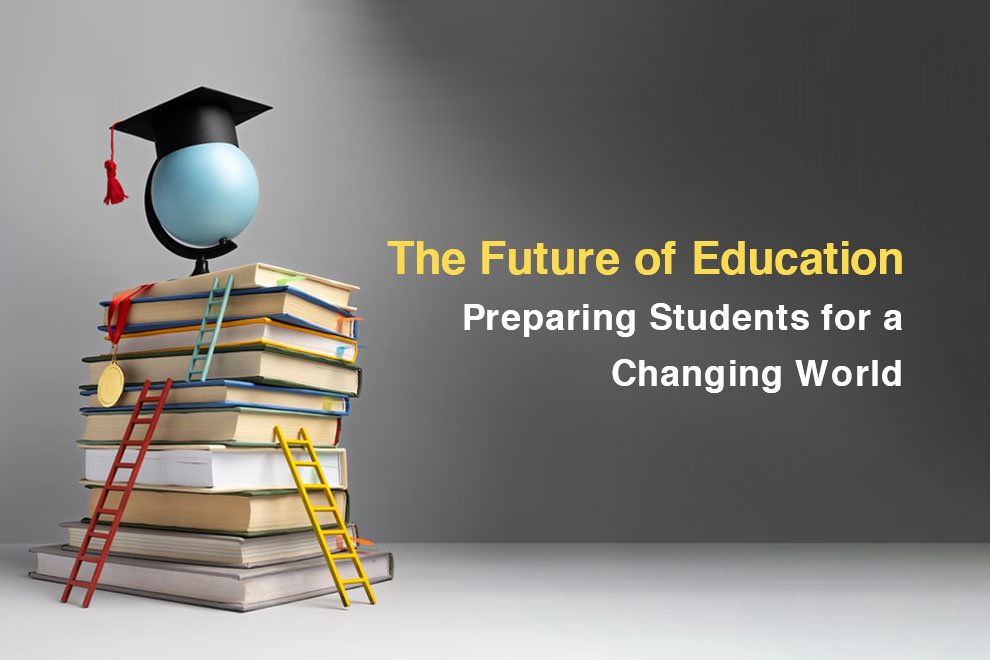The imprint of technology is visible in every facet of life. Its powerful impact is evident across multiple sectors, with education being a prime example.
In Dubai, there has been a surge in technology-driven educational initiatives that are changing the way students learn, and parents support their children. From smart boards and interactive learning experiences to parent-teacher communication portals and automated systems for tracking their children’s progress, technology is everywhere.
When examining Dubai school fees, one can see that they reflect each school’s commitment to providing students educational experiences in keeping with current demands. While this may appear to add to the cost of schooling, its value stands because a lot of resources go to building the technological infrastructure required for modern learning.
This article aims to delve deeper into the countless benefits that technology brings students as well as parents.
Digital Advantages for Students
The heart of any educational system is its students. As such, integrating technology in education primarily aims to better their learning experiences.
1. Unlimited Access to Resources and Information
Through digital tools and the internet, students are immersed in an expansive world of information. A few examples of those tools include online lecture videos, e-books, scholarly journals and research databases.
They could also access online learning platforms where their teachers can share multimedia resources and interactive learning units, and assign homework.
2. Worldwide Perception and Cultural Exchange
Technology has turned classrooms into gateways to the wider world, preparing students for an increasingly interconnected future.
Today, they can connect with their peers from across the globe thanks to video calls, online group projects, and digital exchange programs. This exposure helps them grow into global citizens, appreciate the richness of diversity, empathise with different societal norms, and think critically about global issues.
3. Increased Classroom Engagement
Educational technology (edtech) introduces an element of gamification into the learning process. And in doing so serves a dual purpose: Keeping children focused for extended periods and sustaining their interest in learning materials. In fact, a recent study found that gamification alone can improve learning outcomes by 45.45% and 60.67% when combined with continuous reading.
This includes educational game platforms or apps featuring interactive quizzes and puzzles, coding or programming activities with engaging tutorials, and online polls and surveys to measure student comprehension.
4. Workplace and Future Readiness
The nature of today’s business world is increasingly reliant on technology. This spurred an even more significant shift toward digital education at the classroom level.
Now, subjects like computer science, basic coding and design are staples of modern-day curriculums. This has led schools to go out of their way to expose their students to different technological tools and platforms used in businesses. As a result, students are more workplace-ready than ever.
5. Personalised Learning
Traditional one-size-fits-all teaching models are giving way to more adaptive approaches. With technology, students can learn at their own pace, receive individualised attention, and engage with material tailored to their proficiency level.
This personalisation of content is especially helpful for students who respond to different learning styles as it boosts their understanding and knowledge retention.
6. Faster Feedback From Teachers
Technology enables teachers to review their students’ work promptly. They use apps to grade essays or assignments and run quizzes and tests on online platforms, where they can give real-time feedback.
This allows students to correct errors and learn their lessons quickly. It also motivates them to know that their teacher will see their hard work on the spot.
7. Ease of Collaboration
Technology has undoubtedly made collaboration easier and more accessible for students—whether it’s with their fellow learners or teachers.
Consider, for example, a student with a knack for technology. They naturally excel at mastering the use of digital platforms, and soon enough, they become the go-to helper for their classmates. With technology, students have a chance to learn from one another with ease and speed.
The Technological Empowerment of Parents
Parents greatly influence their children’s educational development, and technology only bolsters their ability to support it.
1. Improved Parent-Teacher Communication
Digital platforms have indeed reshaped the communication dynamics between home and school.
Where once parents had to wait for scorecards to come home, call the school office for updates, and mark their calendars for parent-teacher conferences, now they can be in constant contact with their children’s teachers. Through email, online messaging apps and virtual meetings, parents can keep track of their child’s progress.
Schools also have dedicated portals where teachers post updates about assignments, class performance and attendance records for parents to view them.
2. Simplified School Admission Process
In the past, applying to schools was nothing short of a chore. It involved stacks of documents, long queues, meetings with administrators, and countless hours filling out forms and waiting for approvals. Fortunately, technology has made things a lot simpler.
Today, many schools have automated the enrolment process on their websites. A good example is online enrolment at Gems Modern Academy in Dubai. They have a secure online page for parents to enter their information and submit their children’s applications. Click, submit and done!
3. More Involvement in Children’s Learning
The internet provides parents with countless resources to assist in their children’s learning at home.
Suppose your child needs additional help with a certain topic. In that case, you can watch instructional videos on YouTube to learn and explain it, download activities from educational websites, or find lessons to practise by using apps and online games.
That way, you can actively participate in your child’s learning and be a helpful support system outside school.
Enriching Education With Innovative Tech Tools
Harnessing technology in education helps students achieve better learning outcomes and parents in becoming more involved in their children’s schooling.
For students, the benefits of technology go beyond just academics. It trains young minds for a future in a digitalised world and equips them with the skills they need to navigate it. And for parents, it presents a line to stay invested and connected to their children’s educational journey.
ALSO READ: The Future of Education: A Deep Dive into Digital Learning













